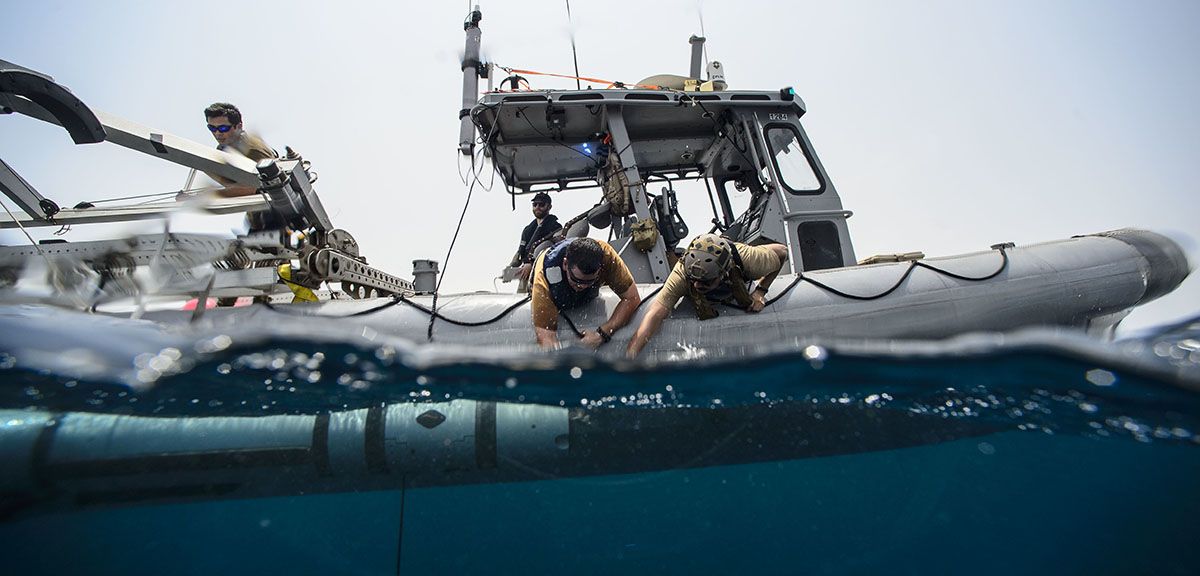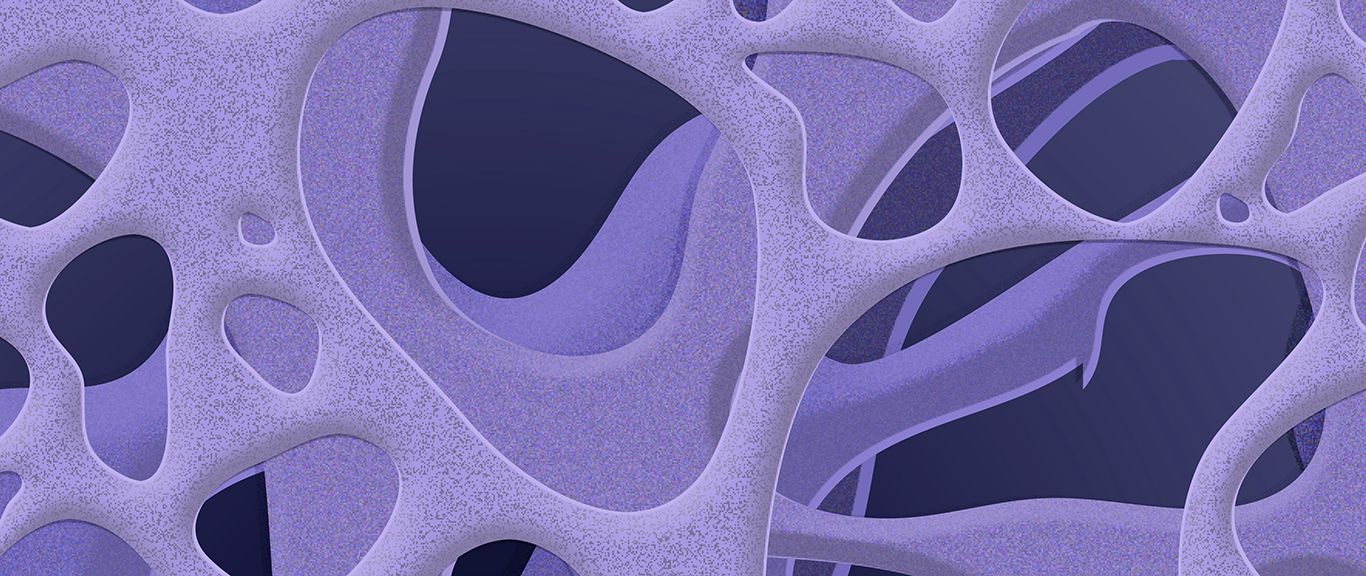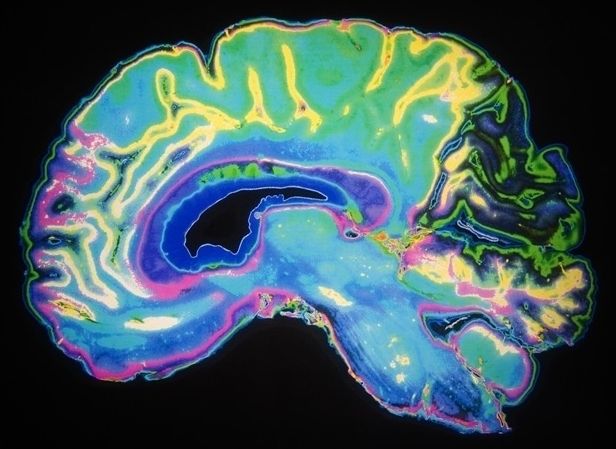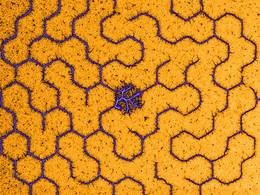Aug 12, 2016
Living Forever Has Never Been More Popular
Posted by Zoltan Istvan in categories: biotech/medical, geopolitics, life extension, transhumanism
My dispatch for Vice from the recent successful RAAD Festival—a giant gathering of longevity enthusiasts:
In less than a month, I’ll mark the two-year anniversary to my presidential campaign for the Transhumanist Party. My run for the White House was never about winning, but spreading the idea that Americans can achieve indefinite lifespans through science and technology—if only the government were to help out and put significant resources into the anti-aging field.
Continue reading “Living Forever Has Never Been More Popular” »

















